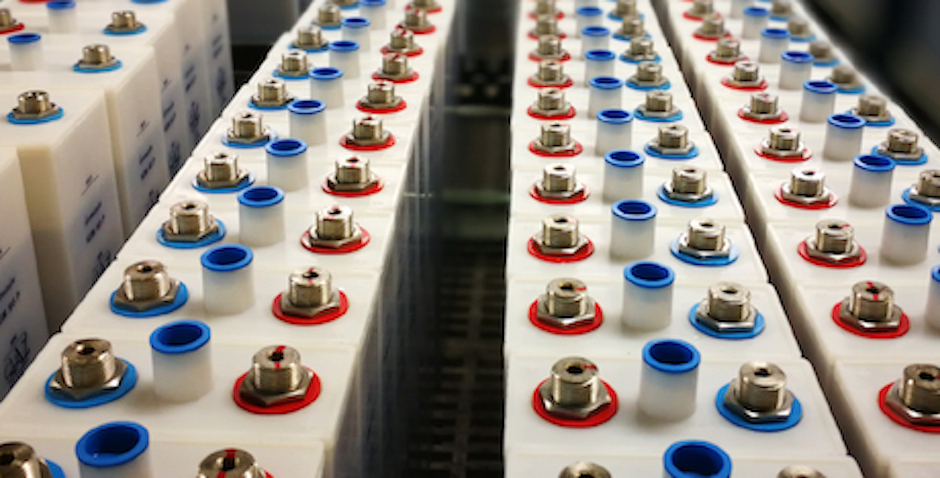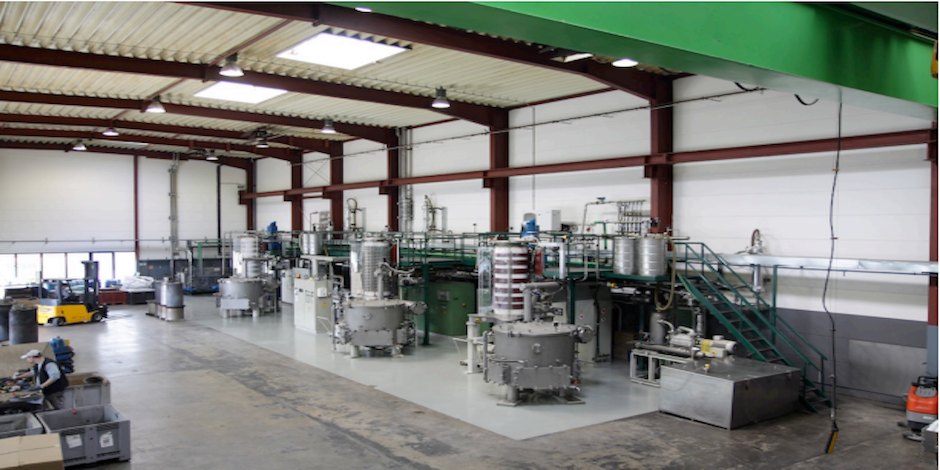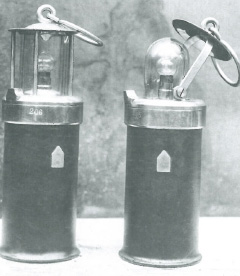Recycling Ni-Cd batteries
Sustainability
October 10. 2022
2 min.
Used disposable and rechargeable batteries are waste material that requires special attention in recycling. There are two reasons for that. Batteries contain heavy metals that may be damaging to the environment and human health. At the same time, they also contain many valuable metals that have potential economic significance. Proper recycling prevents pollution of the environment and enables us to reuse the material from used batteries.

Batteries are recycled in various ways depending on their chemical composition. That’s why batteries must always be sorted first before they can be recycled. Generally speaking, the battery is first stripped of its outer cover and then goes through a multi-step metallurgic process. The inner parts of the battery are smelted, ground or broken up, and the metals are sorted by type, cleaned and processed.
The Ni-Cd battery recycling process
A huge advantage of Ni-Cd cells is the fact that they can be very efficiently recycled and processed. Nickel-cadmium batteries mainly consist of the positive nickel electrode and the negative cadmium electrode. The rest of the cell is mainly iron, nickel-plated steel, and plastics.
99.995% of the nickel and cadmium in GAZ Ni-Cd batteries is recyclable.
One of the recent innovations in the Nickel-Cadmium recycling process is the use of the vacuum distillation furnace to separate metals with a low evaporation point (e.g., Cadmium) from metals with a high evaporation temperature (e.g., Ni-Fe-steel). Pre-sorted batteries of one specific type are charged to a high temperature resistant batch container, which is loaded to the vacuum furnace. The furnace, consisting of a quartz pipe, is hermetically sealed and evacuated. Through induction, the batteries are heated stepwise. The hot metallic vapor streams through a tube down into a water-cooled metal condenser. There, the Cd-vapor re-condenses into small liquid Cd-drops, generating a metallic plate, remelted into slabs.

Ni-Cd Battery recycling, source: accurec.de
In some cases, the batteries first undergo a pyrolysis treatment to remove plastics and organic components. The resulting scrap metal rich in iron and nickel can be used directly or smelted in an electric furnace in order to make iron and nickel alloys.

Source: N.-E. Barring: Recycling of nickel-cadmium batteries and process wastes – processes and operations of the new SA6 NlFE plant.
Ni-Cd batteries can also be recycled through hydrometallurgy, but industrial use of this technique is less efficient than pyrometallurgic processing.
Did you know that 9 September is Battery Recycling Day in the European Union? This day has been celebrated since 2015 on the birthday of Luigi Galvani, the Italian physician and physicist whose experiments prompted Alessandro Volta to invent the galvanic cell – the fundamental construction component of all disposable and rechargeable batteries.
Similar articles
Closing the Circle: EU’s new Battery Regulation goes Further than any Other
November 3. 2023
3 min.
ViewLi-Ion Cells Are Difficult to Recycle. And It’s a Bigger Problem Than You Think
May 10. 2023
2 min.
ViewYou Can’t Buy Nickel-Cadmium AA Batteries in the EU
August 31. 2022
3 min.
View



